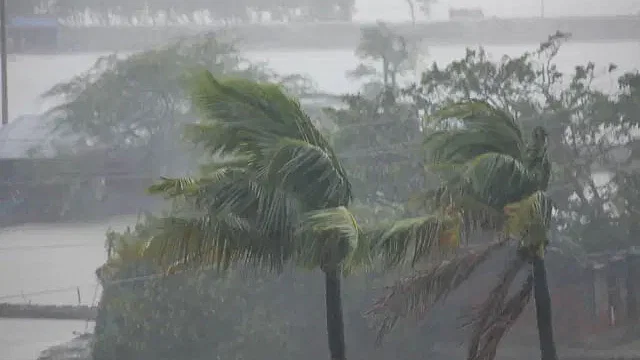The period from 2017 to 2023 is crucial in Bangladesh’s disaster management history. During this time, apart from the COVID-19 pandemic, Bangladesh has faced two formidable cyclones and several devastating floods, resembling the impact of hurricanes. In 2020, Cyclone Amphan struck Bangladesh, causing significant damage. The Meteorological Department issues alerts five days before the cyclone hits, and disaster management authorities and local government departments evacuate people to cyclone shelters. This ensures the protection of numerous lives and properties.
The success of Bangladesh in disaster management has been highlighted as an example in a global report titled ‘Global Status of Early Warning Systems-2023,’ published last Sunday on the sidelines of the ongoing 28th Conference of the Parties to the United Nations Framework Convention on Climate Change (COP-28) in Dubai, United Arab Emirates.
The report mentions that Mozambique in Africa suffered the impact of a cyclone shortly after Amphan. Nearly a thousand people lost their lives there. In contrast to the situation in Mozambique, Bangladesh’s success in the face of disaster has been further illustrated. It is stated that within six weeks of Cyclone Amphan, floods occurred in Bangladesh. Despite 4.5 million people being affected by the disaster, there was no significant loss of life or property.
While the COVID-19 pandemic was ongoing in the country during that time, assistance in the form of food and resettlement was provided to the affected population in the disaster-prone areas. In this regard, the rules of the United Nations’ advanced initiative for disaster response have also been followed.

